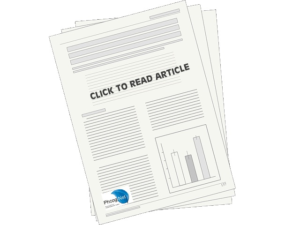
The Janus Corner
I.E.Cock1,2*1School of Natural Sciences, Nathan Campus, Griffith University, 170 Kessels Rd, Nathan, Brisbane, Queensland 4111, Australia.2Environmental Futures Centre, Nathan Campus, ...
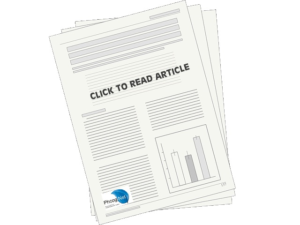
Antibacterial and Anticancer Properties of Boswellia carteri Birdw. and Commiphora molmol Engl. Oleo-Resin Solvent Extractions
Jiayu Zhang,1,2 Isaac Biggs,1,3 Joseph Sirdaarta,1,3 Alan White,1 Ian Edwin Cock,1,3*1School of Natural Sciences, Griffith University, Brisbane, AUSTRALIA2School of Pharmacy, ...
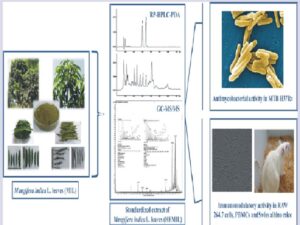
Standardized Extract of Mangifera Indica L. Leaves as an Antimycobacterial and Immunomodulatory Agent
Sunita Shailajan1,*, Sasikumar Menon2, Savita Kulkarni3, Bhavesh Tiwari11Department of Botany, Herbal Research Laboratory, Ramnarain Ruia College, Mumbai, INDIA.2Institute for Advanced ...
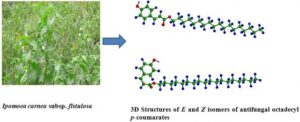
Additional Studies on the Antifungal Activity of a Methanol Extract of Ipomoea Carnea Subsp. Fistulosa and Octadecyl P-Coumarates
Eugene Sebastian John Nidiry1*, Girija Ganeshan2, Ankanahalli Narayanashetty Lokesha1, Nanjundagowda Ramachandran21Section of Medicinal Crops, Indian Institute of Horticultural Research, Hessaraghatta ...
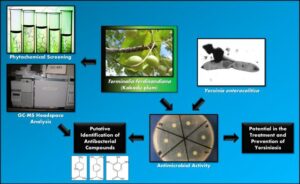
Bioactive constituents of Terminalia ferdinandiana Exell: A pharmacognistic approach towards the prevention and treatment of yersiniosis
Mitchell Henry Wright1, Megan Sarah Jean Arnold1,2, Huda Aldosary1, Joseph Sirdaarta1,3, Anthony Carlson Greene1, Ian Edwin Cock1,3*1School of Natural Sciences, ...
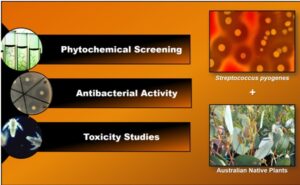
Inhibition of Streptococcus pyogenes growth by native Australian plants: New approaches towards the management of impetigo, pharyngitis and rheumatic heart disease
Cameron Jay Lee1, Mitchell Henry Wright1, Megan Sarah Jean Arnold1,2, Anthony Carlson Greene1, Ian Edwin Cock1,3*1School of Natural Sciences, Griffith ...
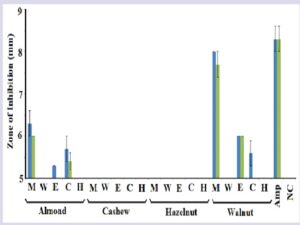
An Evaluation of the Antibacterial, Anti-Giardial, Anticancer and Toxicity Properties of Selected Nut Extracts
Pauline Lebaratoux1,2, Joseph Sirdaarta1,3, Paran Rayan1,3, Pauline Ann McDonnell1, Ian Edwin Cock1,3*1School of Natural Sciences, Griffith University, 170 Kessels Rd, ...
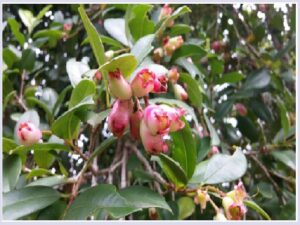
Medicinal Plant Images
Ian Edwin Cock1,2*1School of Natural Sciences, Nathan Campus, Griffith University, 170 Kessels Rd, Nathan, Brisbane, Queensland 4111, AUSTRALIA.2Environmental Futures Centre, ...

Upcoming Events
Ian Edwin Cock Pharmacognosy Communications,2016,6,3,190.Published:March 2016Type:Upcoming Events Download PDF ...
